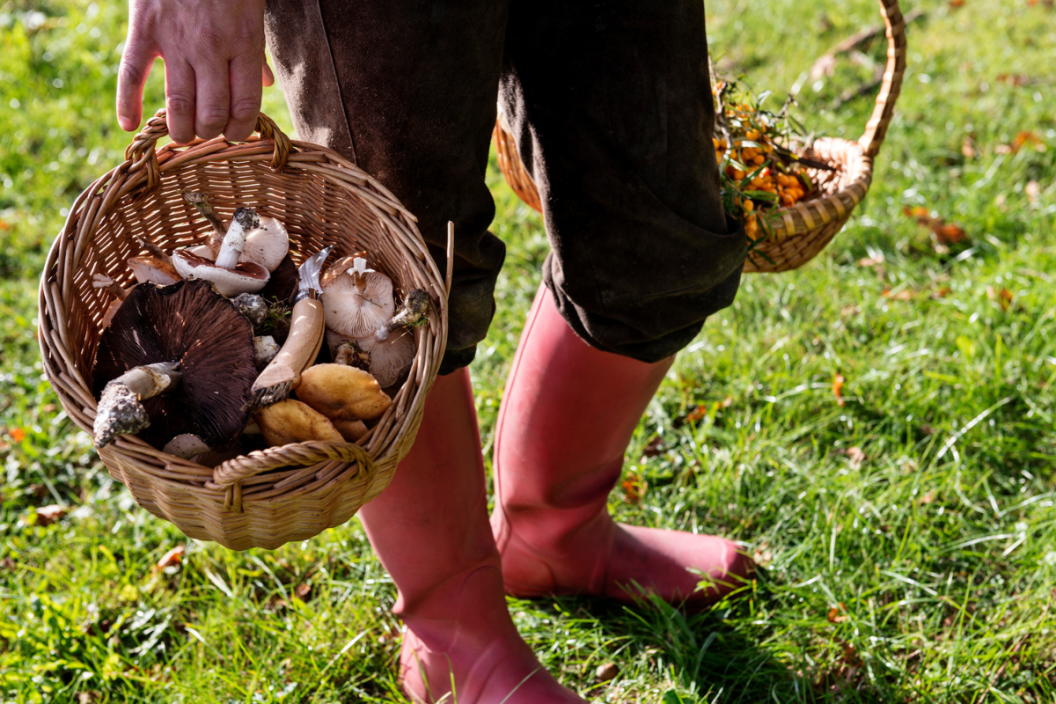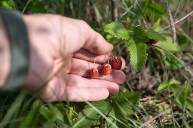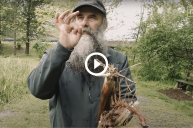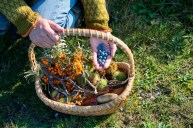Whether your favorite way to spend time in the great outdoors is by hiking, camping, or hunting, foraging for wild foods may be a survival skill on your must-learn list. The idea of living off the land is an intriguing one, but only if you also understand how to tell the difference between the wild plants that make delicious treats or a vicious stomach ache (or worse).
Foraging has come into its own in the past few decades, with proponents enjoying it for recreation, to feel closer to nature, or to enjoy the supposed health benefits associated with eating locally foraged foods. These foraging books will help advance your skills and knowledge in an important category.
1. Edible Wild Plants
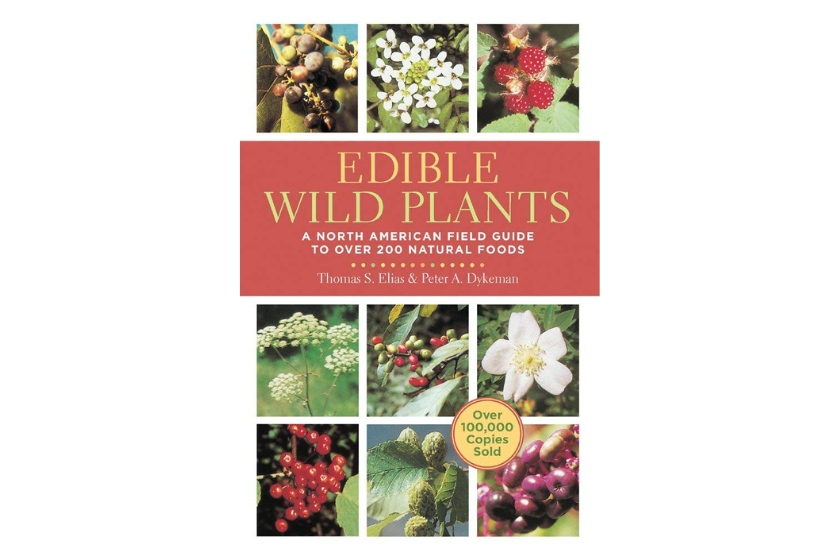
Union Sq. and Co
This title from Thomas Elias is always near the top of any list of good foraging books, and there's little wonder why. This easy-to-understand guide on edible plants with full-color photos—not illustrations. This edition covers many edible plants that grow across North America, though anyone who becomes serious about foraging should also get a book for their region.
2. Regional Foraging Series
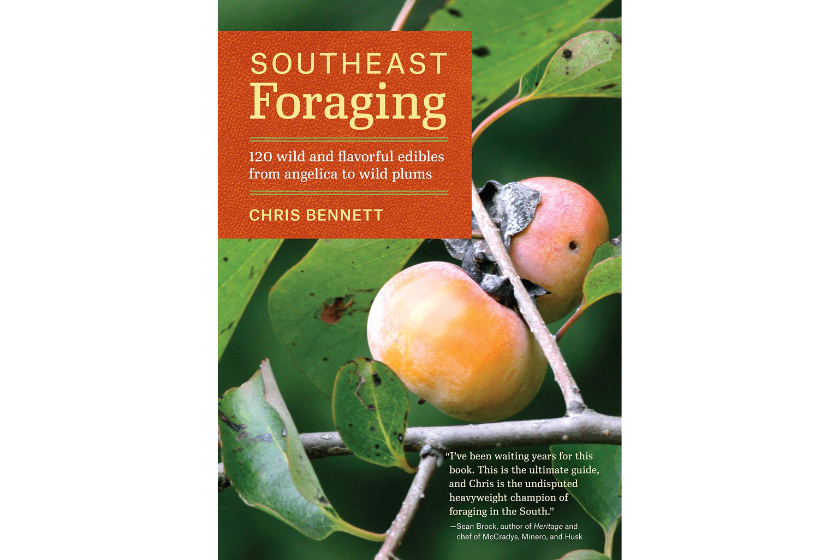
Timber Press
This excellent series of seven books covers each region of the contiguous U.S. for every forager's needs: Pacific Northwest, California, Southwest, Midwest, Mountain States, Southeast, and Northeast. Each book offers an incredible feast for foragers of all ages, including identification tips, ethical harvest guidance, and ideas for eating and preserving. Searching for wild food has a lot of variables, and these regional books help make it less complicated.
3. Mushrooms: How to Identify and Gather Wild Mushrooms and Other Fungi
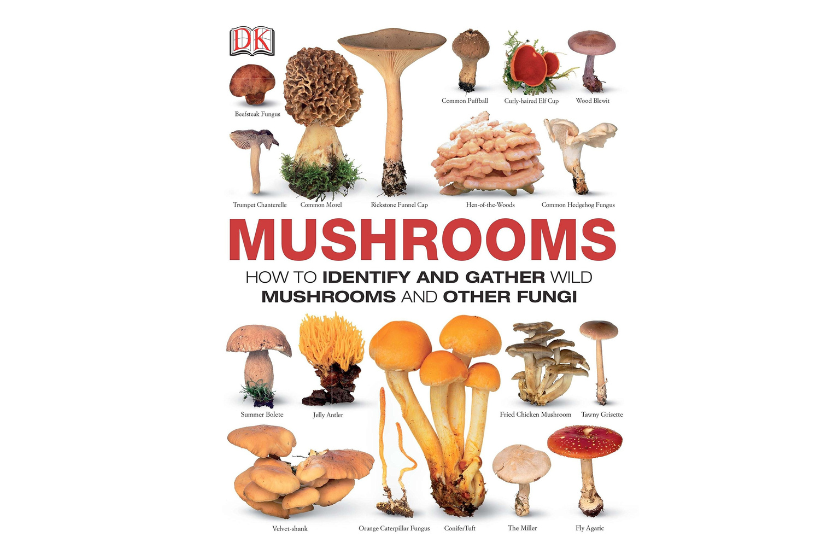
DK
Foraging for mushrooms? From the standards like hen-of-the-woods to the vaunted morels, you will find it all right here. This book includes insightful information every forager needs to identify more than 450 species of fungi from around the world. Mushroom hunt without fear with this guide.
4. Edible Wild Plants for Beginners
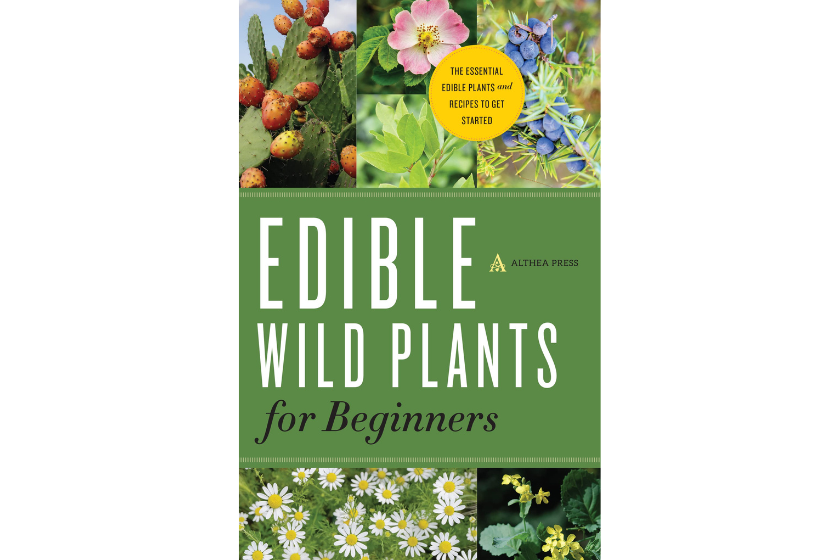
Althea Press
We all need that first good book to start us off, and this is a great choice. It provides excellent profiles of common edible wild plants, including information on dangerous look-alikes that are the main reason why so many are too nervous to forage. You'll be pleased with the info, the clarity of the pictures, and above all the different ways to prepare and eat some of these great wild edibles.
5. The Forager's Harvest
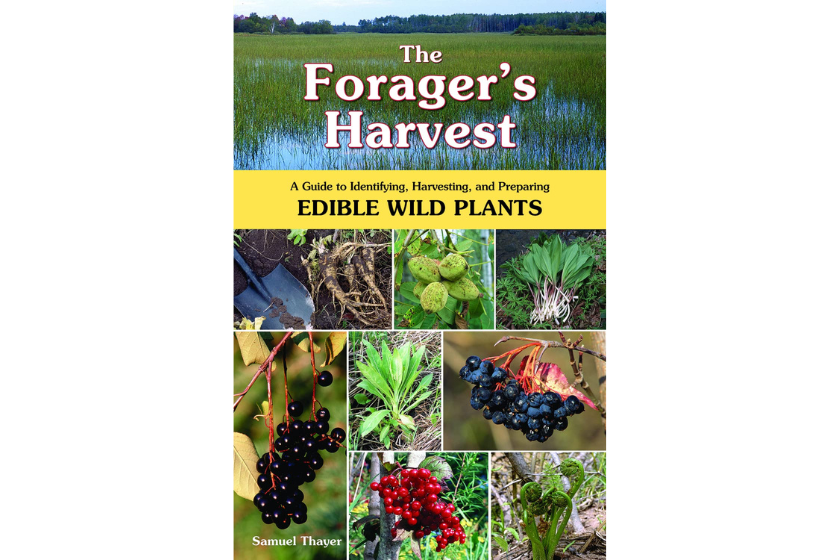
Foragers Harvest Press
Samuel Thayer is an internationally recognized authority on edible wild plants and his books are must-reads for anyone interested in finding their own wild edible plants. Many among the foraging and gathering community will tell you that Thayer's books are more than just a reference guide, but a basic education for both newcomers and those who want to learn more.
6. Master the World of Edible Wild Plants
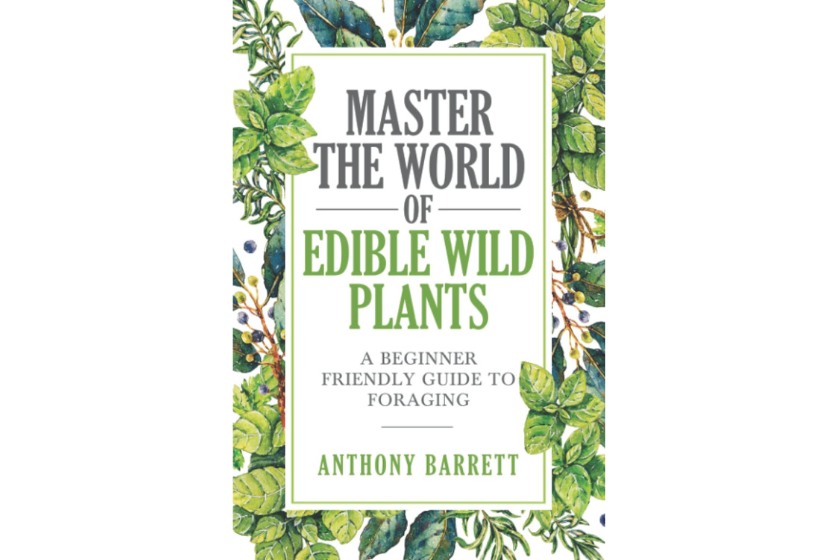
Anthony Barrett
Discover the benefits of identifying important and edible plants from the beginning with Anthony Barrett's well-received book. Barrett is a Marine vet, outdoorsman, and master of discovering wild edibles with an eye towards teaching everyone. This is a great book for demystifying this basic survival skill and catalogs wild edible plants with descriptions, scientific names, sharp photos, and harvesting techniques.
7. Wild Mushrooms: A Cookbook and Foraging Guide
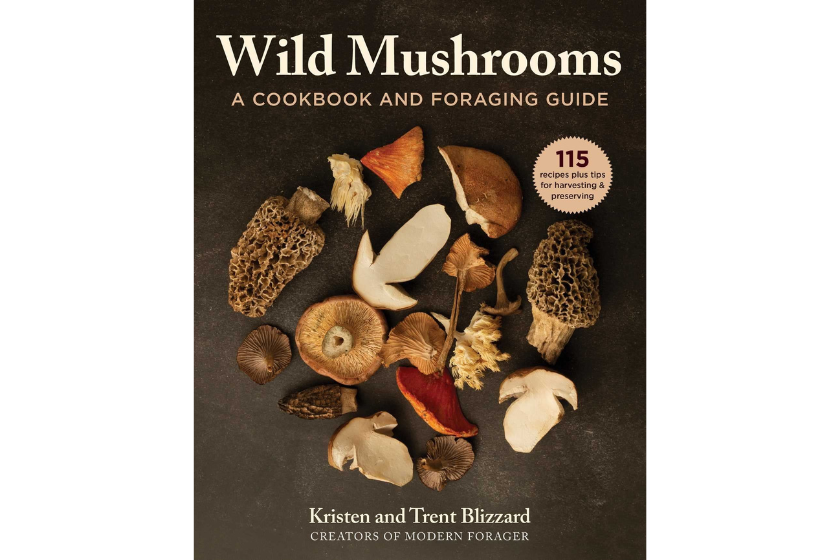
Skyhorse Publishing
This book contains all you need to start foraging mushrooms from the beginning. This one-stop reference for mushrooming will have you hauling a pile of fungi back home to try one of the great included recipes.
Please check out my book "The Hunter's Way" from HarperCollins. Be sure to follow me via my webpage, or on Facebook and YouTube.
